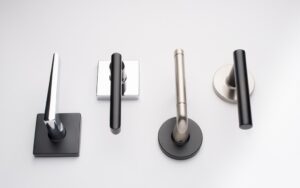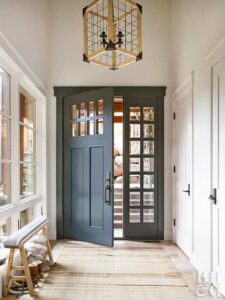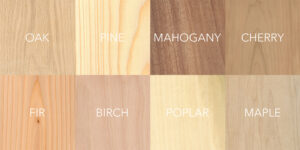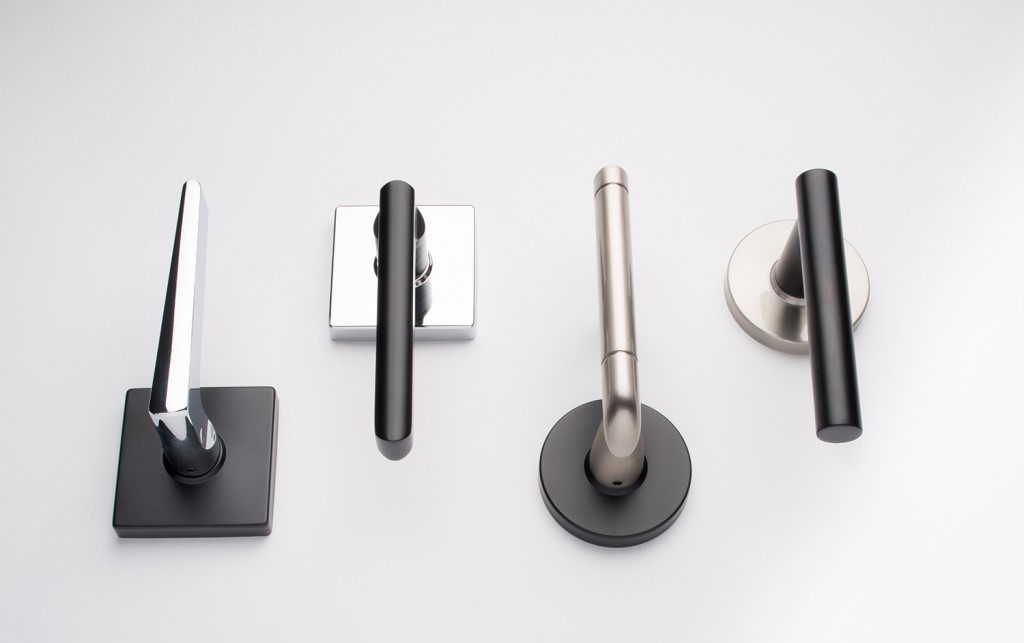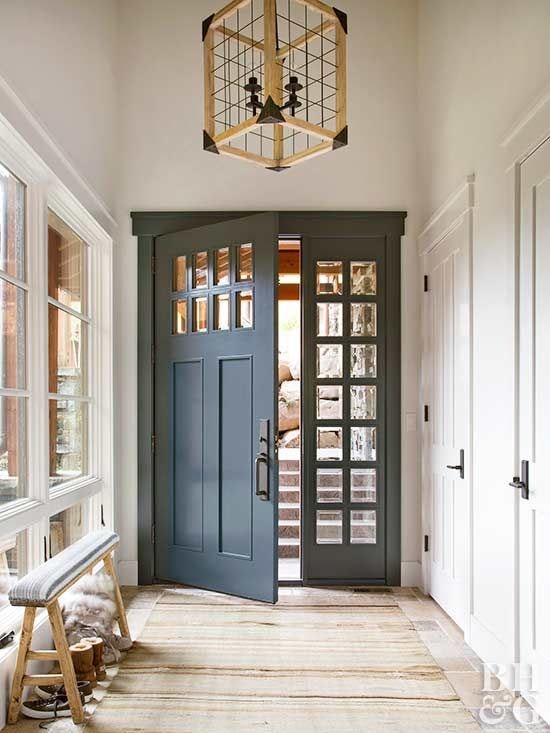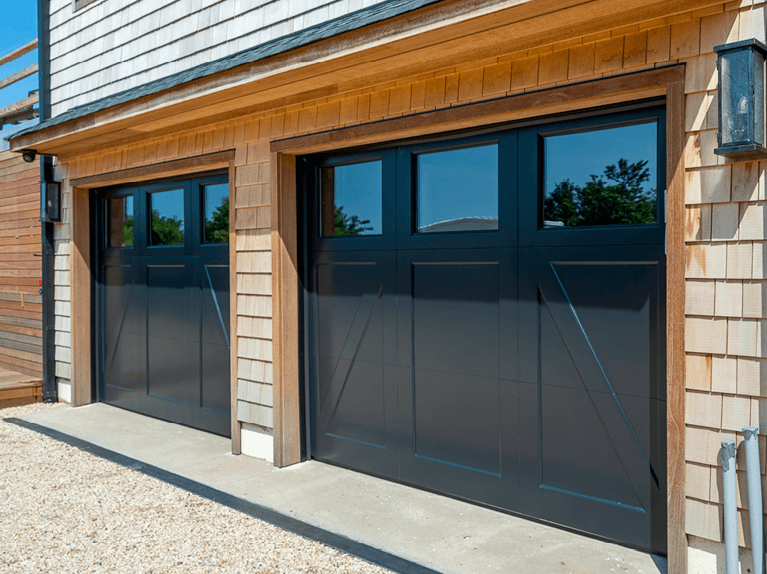
The Key to a Harmonious Space: Making Modern Design Cohesive
Creating a harmonious living space is about more than just filling a room with beautiful furniture and decor—it’s about crafting an environment where every element works together to reflect a unified design vision. In modern home design, achieving this balance can be challenging, especially as contemporary styles often blend sleek, minimalist aesthetics with bold, innovative features. To create a cohesive modern space, homeowners need to focus on consistency in materials, colors, and textures while considering functionality and flow. The key to making modern design cohesive lies in balancing simplicity with statement pieces, creating visual harmony, and ensuring that form follows function.
Consistency in Materials and Colors
One of the hallmarks of a cohesive modern space is consistency in materials and colors. Modern design often emphasizes the use of natural materials like wood, glass, metal, and stone, combined with a neutral or monochromatic color palette. Choosing materials that complement each other and repeating them throughout the space can help tie different rooms together. For example, incorporating the same type of wood flooring throughout the home or using similar metal finishes on light fixtures, door handles, and furniture legs can create a seamless flow from room to room.
In terms of color, modern design often leans toward neutral tones—whites, grays, blacks, and earthy hues—which provide a clean backdrop that allows key design elements to stand out. To maintain cohesion, it’s essential to use a consistent color scheme throughout your space, even when adding pops of bold color. A neutral foundation with carefully selected accent colors—whether in artwork, furniture, or decorative pieces—can create a unified look that feels balanced rather than chaotic.
Balancing Simplicity with Statement Pieces
While modern design is often characterized by simplicity and minimalism, it’s important not to confuse simplicity with blandness. A cohesive modern space allows for bold, statement-making elements, but the key is in how these pieces are incorporated. For example, an oversized abstract painting or a striking piece of modern furniture can serve as a focal point, but the rest of the room should maintain a clean and understated look to let that piece shine. Balancing these dramatic elements with simpler, more functional pieces ensures that the space doesn’t feel overwhelming or cluttered.
The key to making these statement pieces work within a cohesive design is to choose items that complement the overall aesthetic of the room. If your space has a minimalist, neutral palette, for instance, a brightly colored accent chair or an avant-garde light fixture can serve as the perfect contrast. However, it’s important to limit the number of standout items—too many focal points can create visual noise, disrupting the harmonious feel of the space.
Creating Visual Flow and Balance
In modern design, visual flow and balance are essential for creating a cohesive space. One way to achieve this is by ensuring that elements in the room feel connected rather than isolated. This can be done by repeating shapes, patterns, or textures throughout the space. For example, if your dining table has clean, geometric lines, incorporating similar shapes in your coffee table, shelving, or light fixtures can create a sense of continuity. Likewise, repeating textures—whether it’s soft upholstery, smooth glass, or rough stone—across different surfaces helps to create a layered, cohesive look.
Balance also applies to how items are arranged within a space. Modern design often emphasizes symmetry and proportion, so it’s important to consider how furniture and decor are placed to avoid an unbalanced or disjointed look. For example, a large sofa might be balanced by a pair of smaller chairs, or a heavy, dark wood coffee table could be offset by lighter, airier accessories. This balance ensures that no single element overpowers the space, creating a sense of calm and order.
Form Follows Function
In modern design, the principle of “form follows function” plays a significant role in maintaining cohesion. Every item in the space should serve a purpose while also contributing to the overall aesthetic. This means prioritizing functionality and practicality without sacrificing style. For instance, modern furniture often features clean lines and minimal ornamentation, but it is designed with comfort and usability in mind. Similarly, storage solutions, such as built-in cabinets or floating shelves, should not only be functional but also seamlessly integrate into the design of the room.
When function is prioritized, the design naturally becomes more cohesive because each element has a reason for being there. By carefully considering how your space will be used and ensuring that each piece serves both a practical and visual purpose, you can create a harmonious, modern environment that feels intentional and well thought-out.
Conclusion: Achieving a Harmonious, Modern Space
The key to creating a harmonious, cohesive modern space is striking the right balance between simplicity, functionality, and design elements that make a statement. By maintaining consistency in materials and colors, balancing bold design choices with minimalism, and ensuring that everything has a functional purpose, you can create a space that feels unified and calming. Modern design is all about creating a visually clean, functional environment, and when these principles are followed, the result is a home that feels both stylish and thoughtfully designed.

